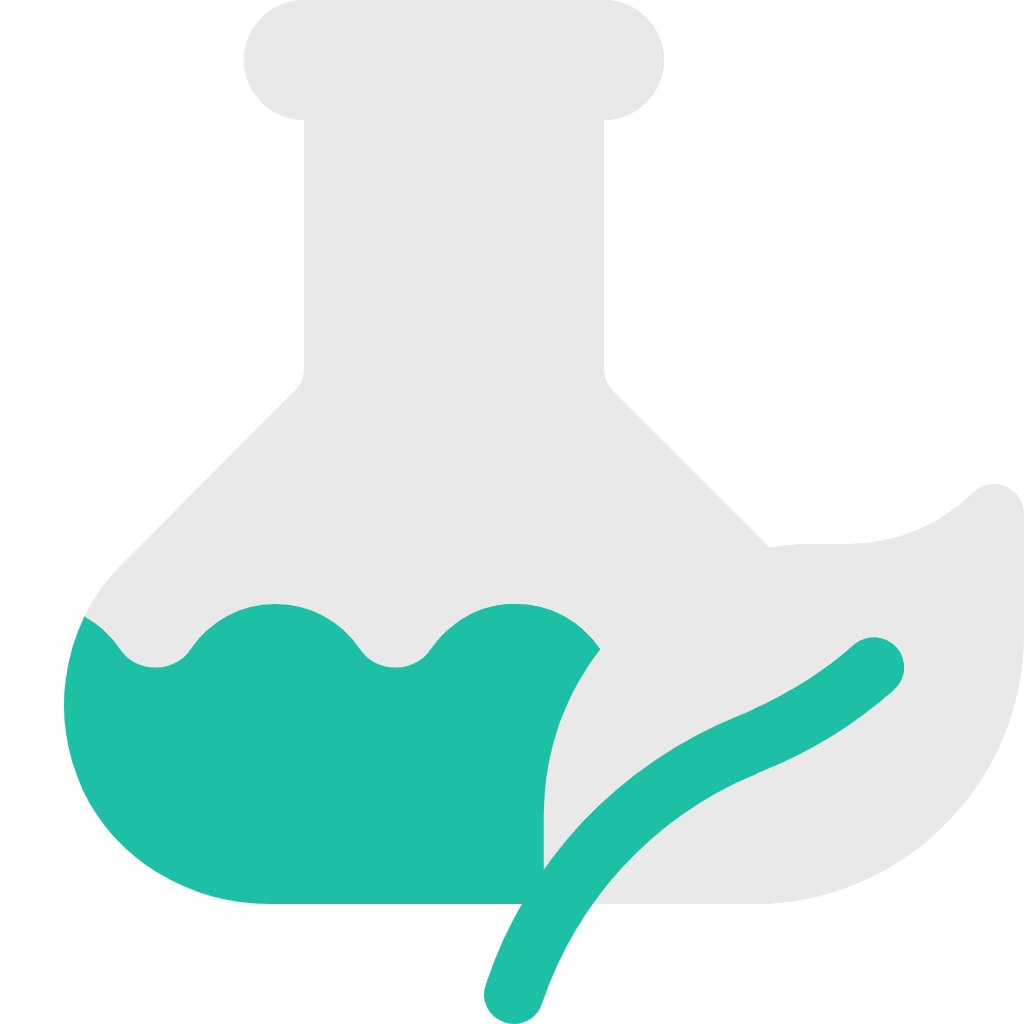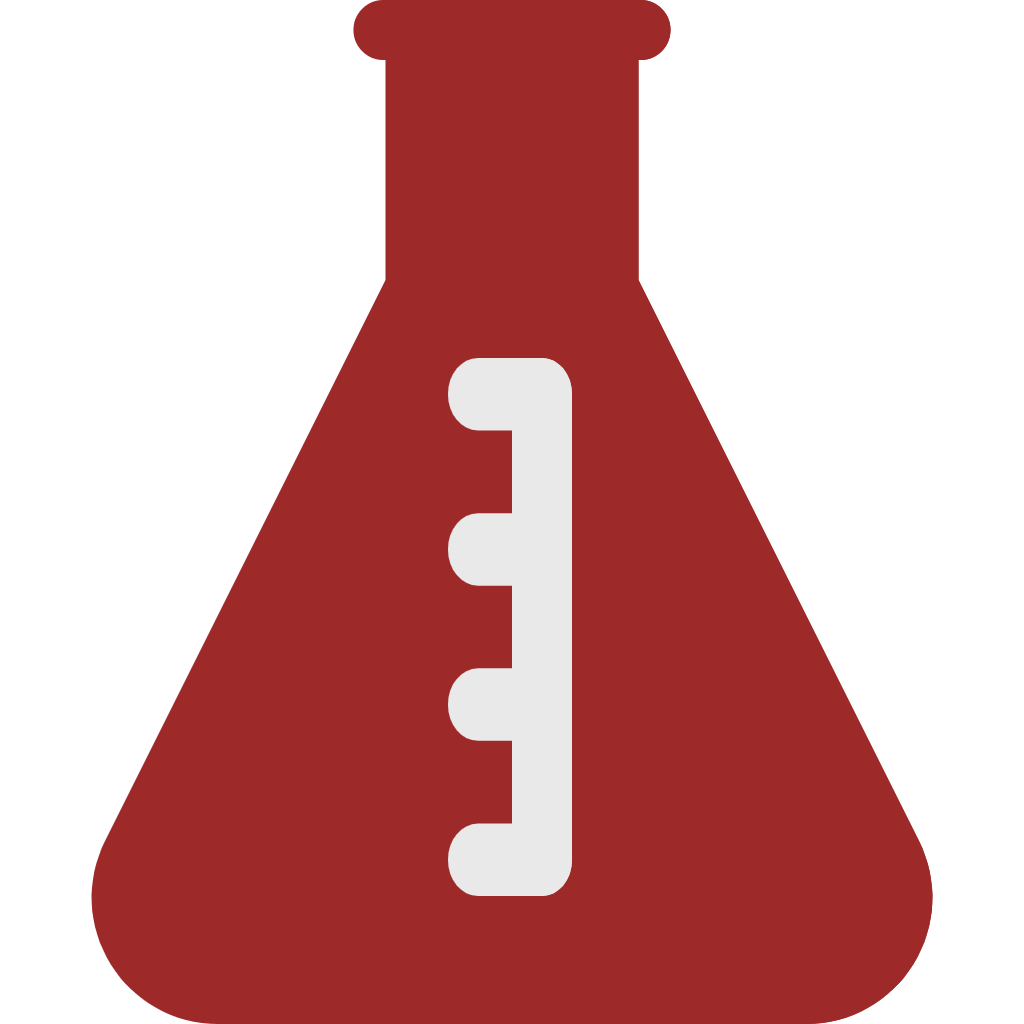Titration Calculator - An Introduction:
The titration curve calculator is an essential tool for determining the concentration of the unknown solution. Determining the concentration of unknown solutions is hard sometimes but it is not more difficult as our titration concentration calculator is here to help you.

Our titration formula calculator will make hard steps easy for you. But before proceeding you need to know about titration.
What is Titration?
In Titration, a solution of unknown concentration reacts with a solution of known concentration. The solution is added until the reaction is completed. The completion of a reaction is determined by the change of color of the solution. When the solution changes its color then we stop adding the solution. The formula of titration is,
nH * molarity of acid * volume of acid = nOH * molarity of base * volume of base
According to this formula the molarity should be known to you but if it is unknown then use our molarity volume calculator to have smooth calculations.
The formula can also be written as,
MA * VA = MB * VB
Where,
MA: Molarity of the acid
VA: Volume of the acid
MB: Molarity of the base
VB: Volume of the base
The concentration of acid and base can be found by finding the pH which you can find by using our ph level calculator.
How to do titration?
To do titration some steps or rules should be followed and they are given below:
Rules of titration behind titration curve calculator:
Titration is done to know the concentration of an unknown solution. It is based on the stoichiometry of the reaction. It is a laboratory method. To initiate the process we take two solutions. One is a known solution which is also called titrant while the other is an unknown solution which is called analyte and the reading is known to us.
- We take an unknown solution in a flask and a known solution in the burette. We will add a few drops of the indicator to it.
- Now, we will take a burette with a known solution (titrant) and take the initial reading.
- We will start adding the solution to it.
- The process will be continued until the solution changes its color.
- When the solution changes its color then stop adding the solution and note the final reading.
Similar: If you are curious about finding the stoichiometry of the reaction then try our stoichiometry finder.
Types of titration seen during a chemical reaction:
There are four types of titration seen during a chemical reaction. They are as follows:
Acid-base Titration:
Acid-base titration method determines the concentration of acid or base in a solution. It neutralizes the solution so called neutralization of solution. In this method, a known concentration of acid or base solution neutralizes the concentration of an acid or base of the unknown. During this, a pH indicator monitors the whole progress.
Redox titration:
A redox titration measures the concentration of an analyte. It causes a reaction between an analyte and a titrant. This type of titration requires a redox indicator. The endpoint of this type of titration is detected using an indicator. Redox reactions occur in a redox titration and if you want deeper analysis of redox reactions then use our redox equation calculator.
Precipitation Titrations:
Precipitation titration determines the concentration of an unknown solution. In this type of titration, the precipitate is created using a solution of known concentration.
Complexometric Titrations:
A complexometric titration is a type of titration. It uses the color complex formation to indicate the endpoint of the titration.
How to calculate titration:
To calculate the titration of a solution you should know about the known things. First, find out the quantity of acid or base present or moles, and then you will add the known quantity to know the unknown.
Calculating titration using a titration calculator or doing it manually will give you the same answers. Finding titration using our titration curve calculator is easy but you should also know how to find it manually. So we are going to give you some examples of back titration calculations of acid and base that will help you know it.
Example 1:
A titration takes place, and when titrated against 15.00 mL of HCl of unknown concentration, 20.70 mL of 0.500M NaOH must be added to get to the endpoint. Determine the acid's molarity.
Solution:
The volume of acid (VA) = 15.00 mL
Molarity of the base (MB) = 0.500 M
The volume of the base (VB) = 20.70 mL
Putting the given data in the formula,
MA * VA = MB * VB
MA = (MB * VB) / VA
MA = (0.500 M * 20.70 mL) / 15.00 mL
MA = 0.690M
Related: For determining the molality of this solution, try our molality of a solution calculator.
Example 2:
To balance 26.60mL of H2SO4 in a sulfuric acid over sodium hydroxide titration, 32.20mL of 0.250M NaOH is required. Determine the sulfuric acid's molarity.
Solution:
Molarity of NaOH = 0.250 M
Volume of NaOH = 32.20mL
Volume of H2SO4 = 26.60mL
Converting the mL of the volume of NaOH to liters = 32.20/1000 = 0.0322 L
Converting the mL of volume of H2SO4 to liters = 26.60/1000 = 0.0266 L
Before proceeding further we have to determine the moles of NaOH and for that, we will multiply the molarity and volume of NaOH,
0.250 * 32.30 = 8.05 * 10^-3 mol NaOH
8.05 * 10^-3 mol NaOH * (1mol H2SO4 / 2 mol NaOH) = 4.03 * 10^-3 mol of H2SO4
4.03 * 10^-3 mol of H2SO4 / 0.0266 L = 0.151 mol of H2SO4
Suggested: For knowing the molar mass of H2SO4, utilize our calculator for molar mass.
How to find our titration concentration calculator:
To find an online titration calculator open your Google browser and click on the search bar. Then, write “titration formula calculator” and search for it. You will see different calculators in line. Some of them may ask for money to calculate your query so you can choose our titration equation calculator. Now you have a titration calculator so we are going to tell you how to use it.
How to Use Titration Formula Calculator:
You have found our titration concentration calculator. You will select what you want to find. The option would be given there. You can select any option by clicking on the arrow. You will select the option which you want to find. For example, you want to find the molarity of the acid. Next, you have to add the volume of acid and then moles of H+ contributed.
You will now add the molarity of the base, volume, and moles of OH-contributed. Then you will click on the “calculate” button to initiate the process. Our titration calculator will automatically process the whole data and give you the right answer.
Advantages of using our titration equation calculator:
There are so many benefits that you will get if you choose our titration curve calculator. Some benefits that you will get are as follows:
- Our titration concentration calculator gives you answer in a few seconds. It will save your time.
- As it is an online tool you can get it whenever you want it.
- Our titration calculator is free of cost. You can use it without giving us money
- The interface of our calculator is easy to understand and simple.
- Our titration formula calculator gives you accurate results as it is an automatic calculator, reducing the chances of human error.
Concluding our titration calculator:
To conclude, finding the titration of solutions is difficult to understand but now our titration equation calculator is here to help. You can find the titration of any solution either acidic or basic easily without any difficulty.





















